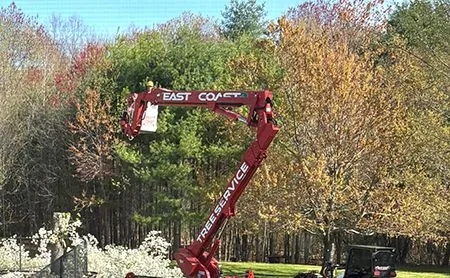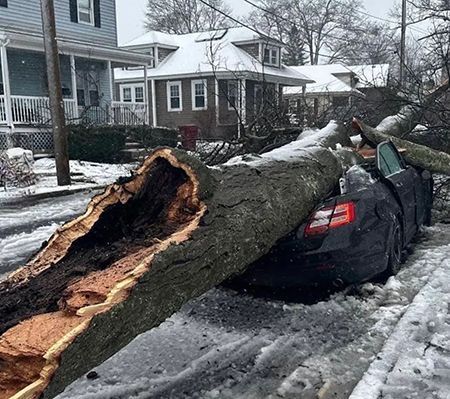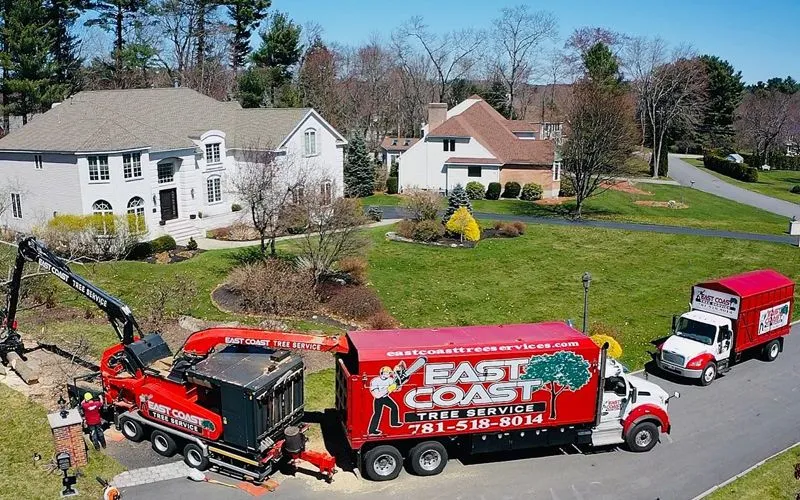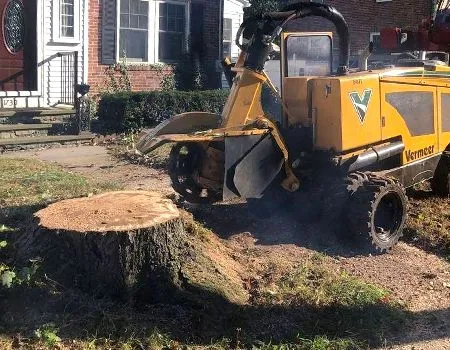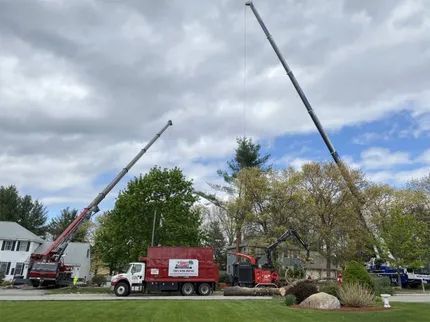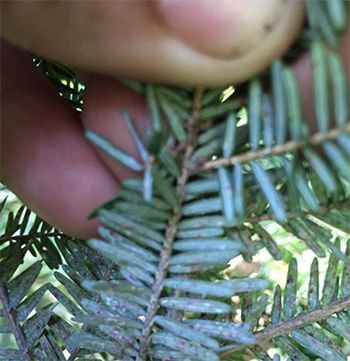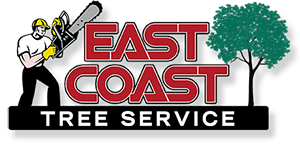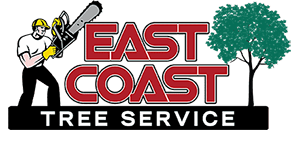Is my tree creating a safety risk for my home?
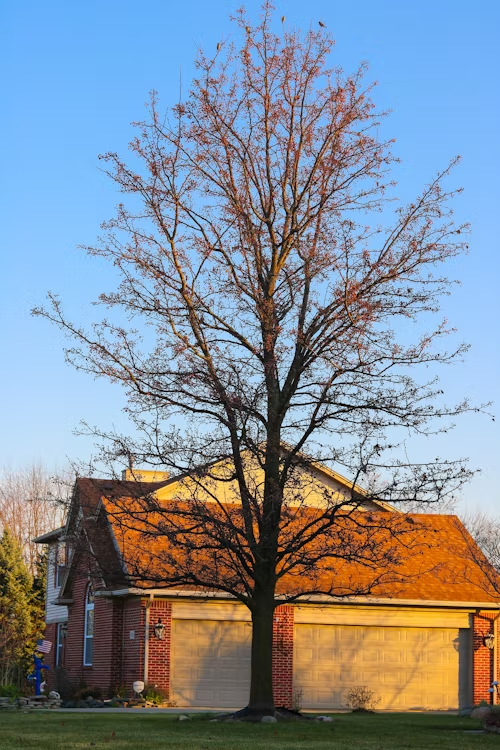
When a big tree becomes compromised, it may pose a serious risk to your home and safety. Storms, disease, and root issues can weaken a tree’s structure, making it more likely to fall or drop heavy limbs. Knowing when to take action can help you avoid costly property damage or injury. At East Coast Tree Service, our local arborists can identify hazardous trees and safely remove them. Here are five signs that a big tree may be a safety threat and should be evaluated for removal.
The Tree Is Leaning Toward the House
If a large tree starts to lean, especially toward your home or another structure, it may have an unstable root system. While some trees grow at a natural angle, a sudden or increasing lean is often a red flag. This shift could indicate root damage, soil erosion, or internal decay. A leaning tree poses a high risk of falling during storms and should be professionally assessed.
Major Branches Are Dead or Falling
Dead or dying limbs in a mature tree are a warning sign that it may no longer be structurally sound. Large branches can fall without warning, damaging your roof or vehicles. In some cases, dead limbs are the result of disease, pests, or internal rot. If pruning doesn’t address the issue and the problem is widespread, complete removal may be necessary to prevent further danger.
The Trunk Shows Signs of Decay or Cracks
The trunk is the core support structure of a tree, and any damage to it significantly raises the risk of collapse. Visible cavities, vertical cracks, or signs of internal rot may all point to a weakened tree. In particular, fungal growth at the base of the trunk can indicate internal decay. These conditions are often irreversible and suggest the tree has become a hazard.
Roots Are Lifting/Damaged
A healthy root system anchors a tree and absorbs nutrients. If you notice that roots are breaking through the soil, lifting sidewalks or driveways, or showing signs of rot, the tree’s stability may be compromised. Root damage can occur from construction or disease. When the roots can no longer support the tree’s weight, it becomes more likely to fall.
The Tree Has Suffered Major Storm Damage
High winds, heavy snow, and lightning can severely damage large trees. If a storm has caused a split trunk or a major loss of foliage, the structural integrity of the tree may be too compromised to recover. In cases of significant storm damage, removal is often the safest option to protect your home and family from further harm.
Tree Removal in Reading, MA
When you need
tree removal in Reading, Tewksbury, Billerica, and Eastern Massachusetts, contact East Coast Tree Service at 781-518-8014. Feel free to give us a call to ask for a free arborist estimate in Reading, MA!
